|
Potentially present (PP)
Nymphalis vau-album / False Comma
Presje e rreme
Nymphalidae - Nymphalinae
Nymphalis vau-album ([Denis & Schiffermüller], 1775). TL: Vienna.
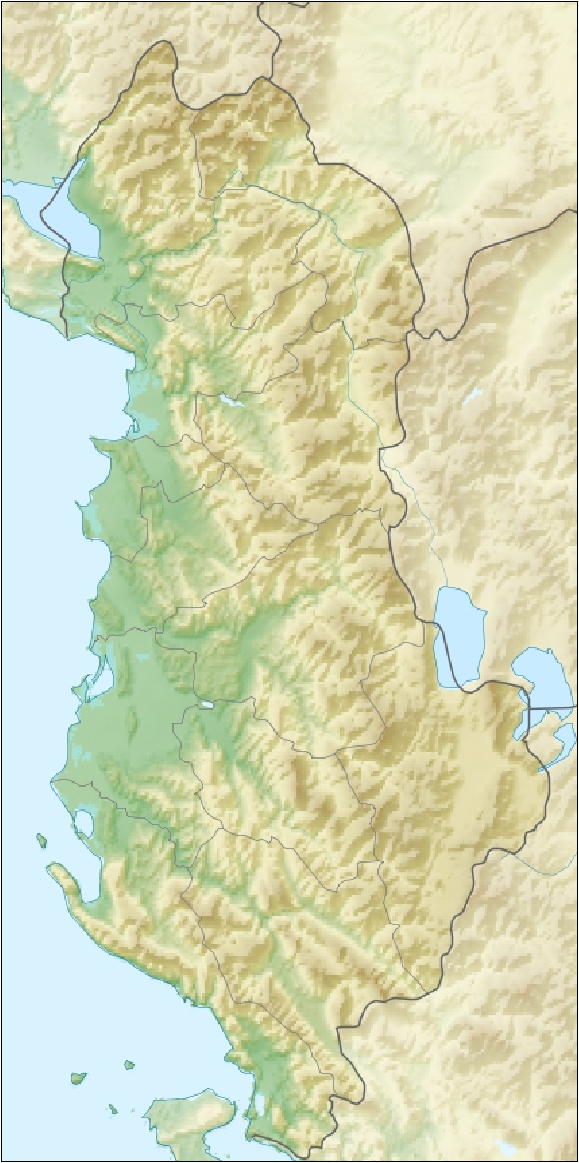 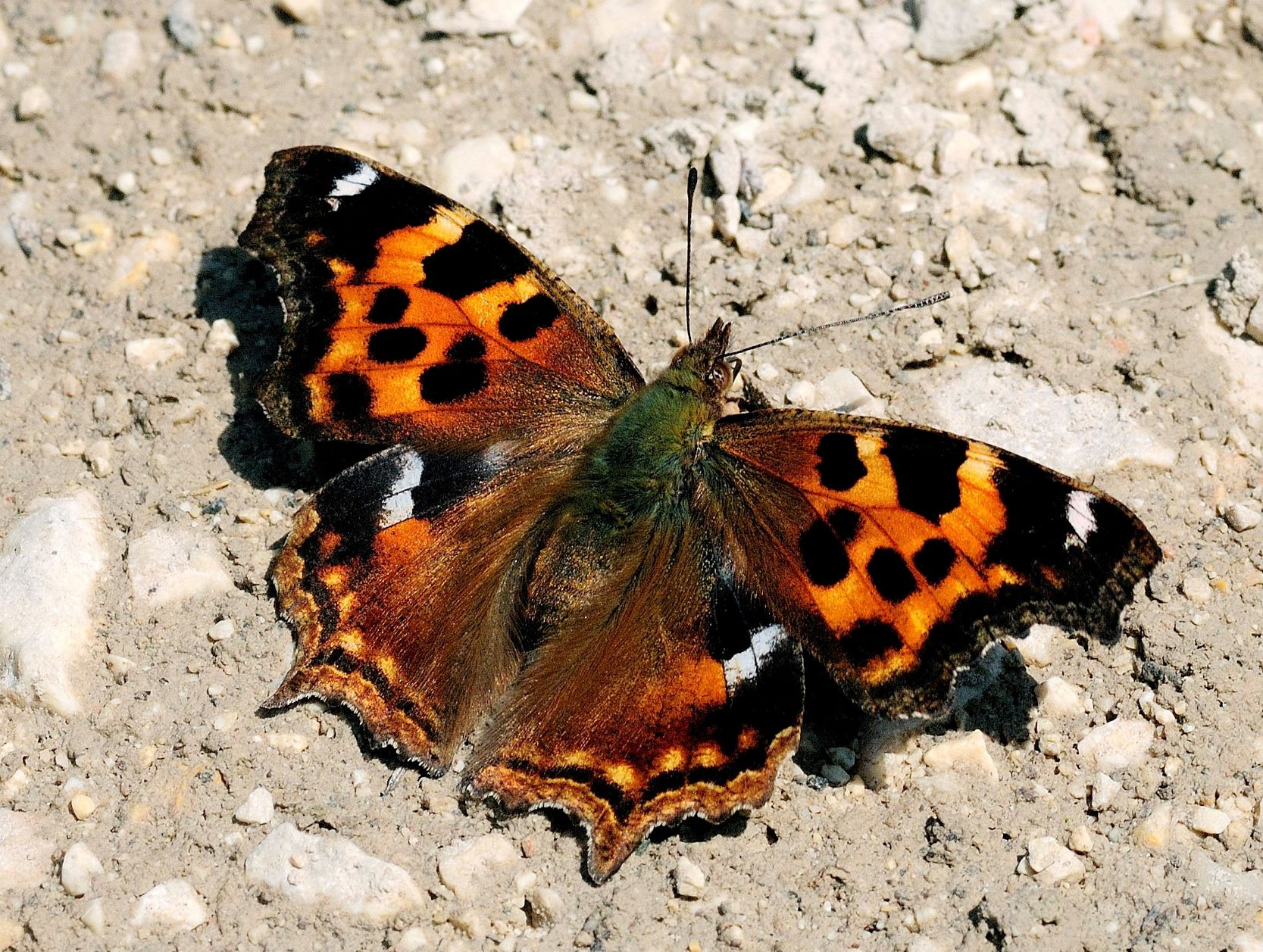
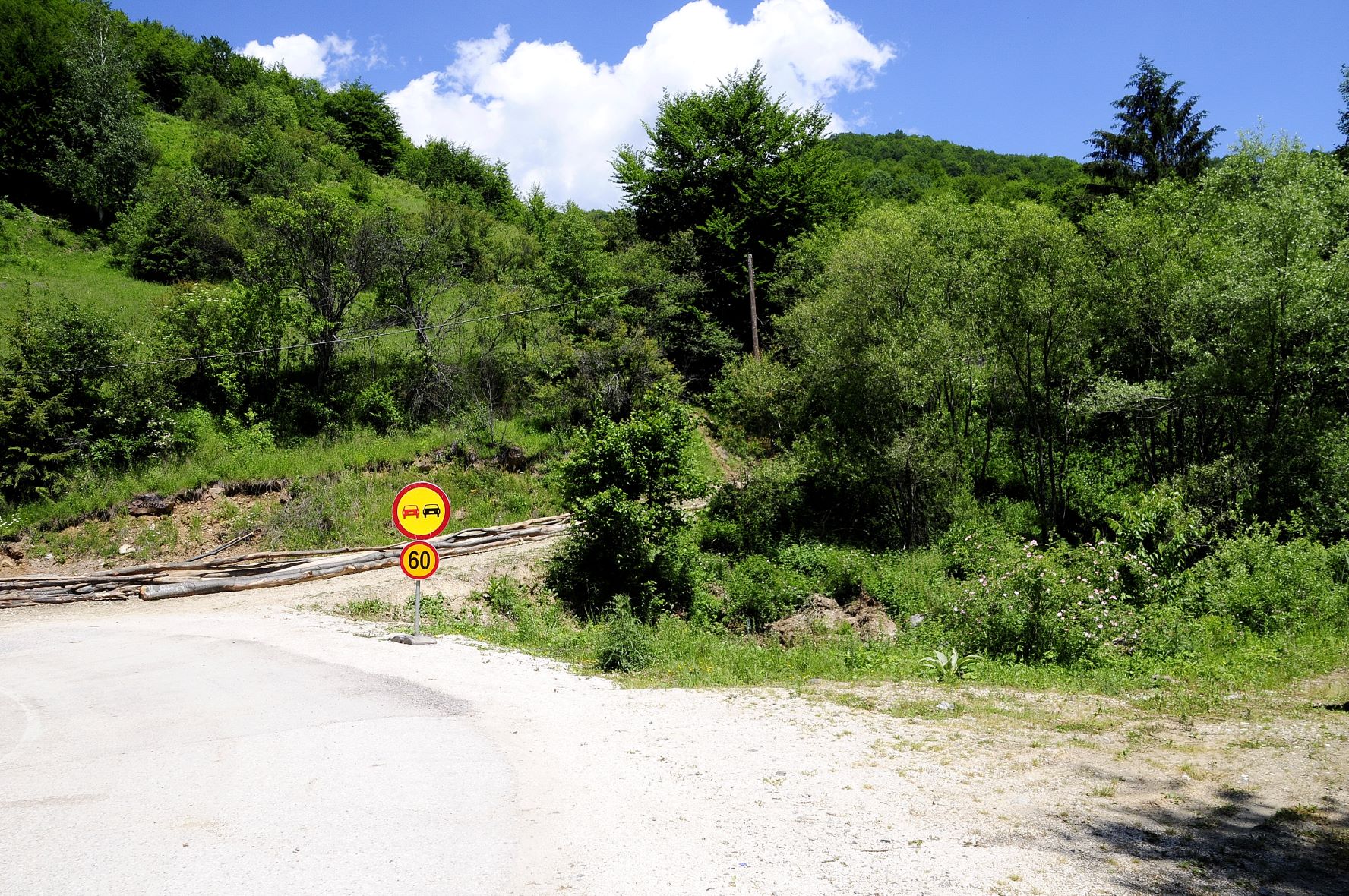 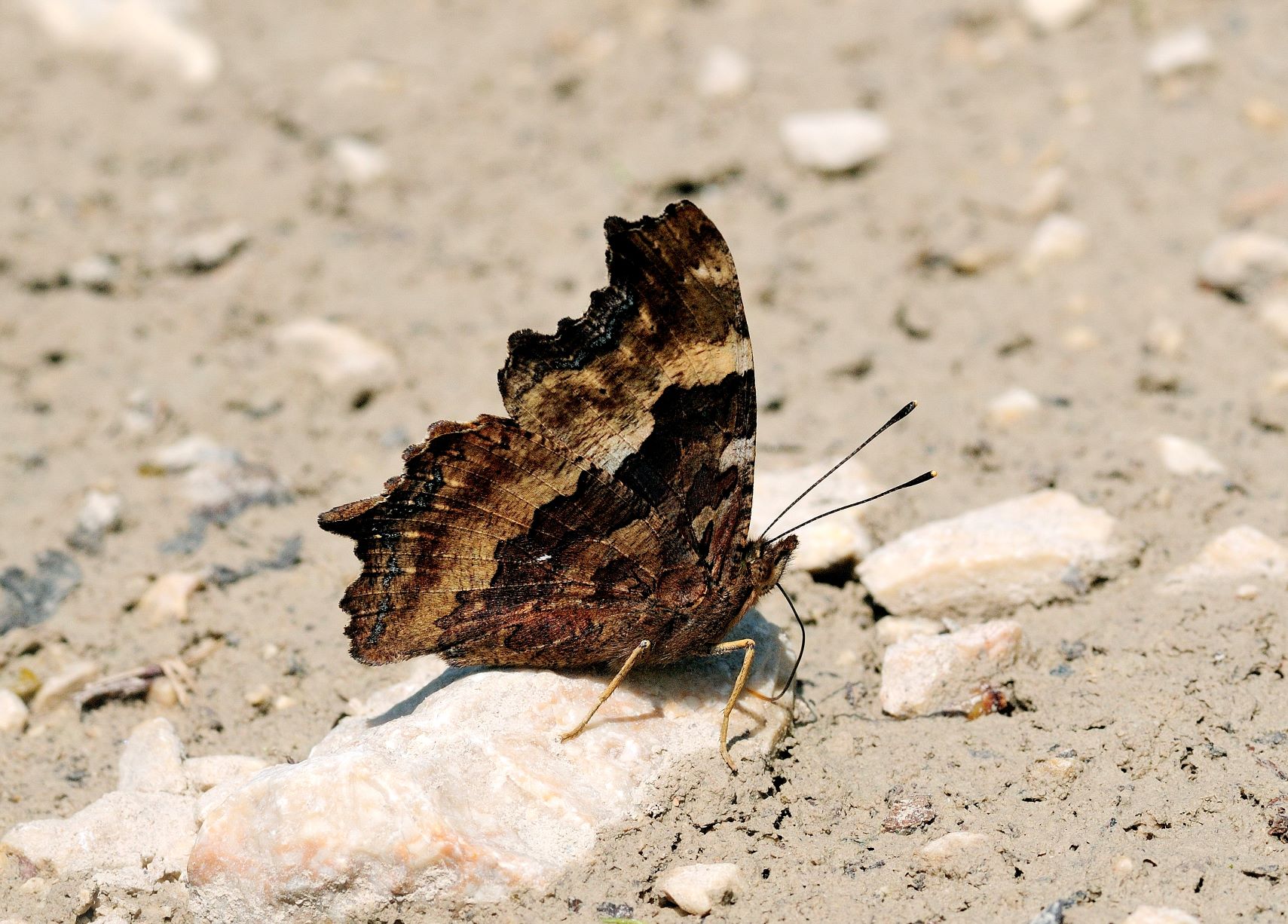 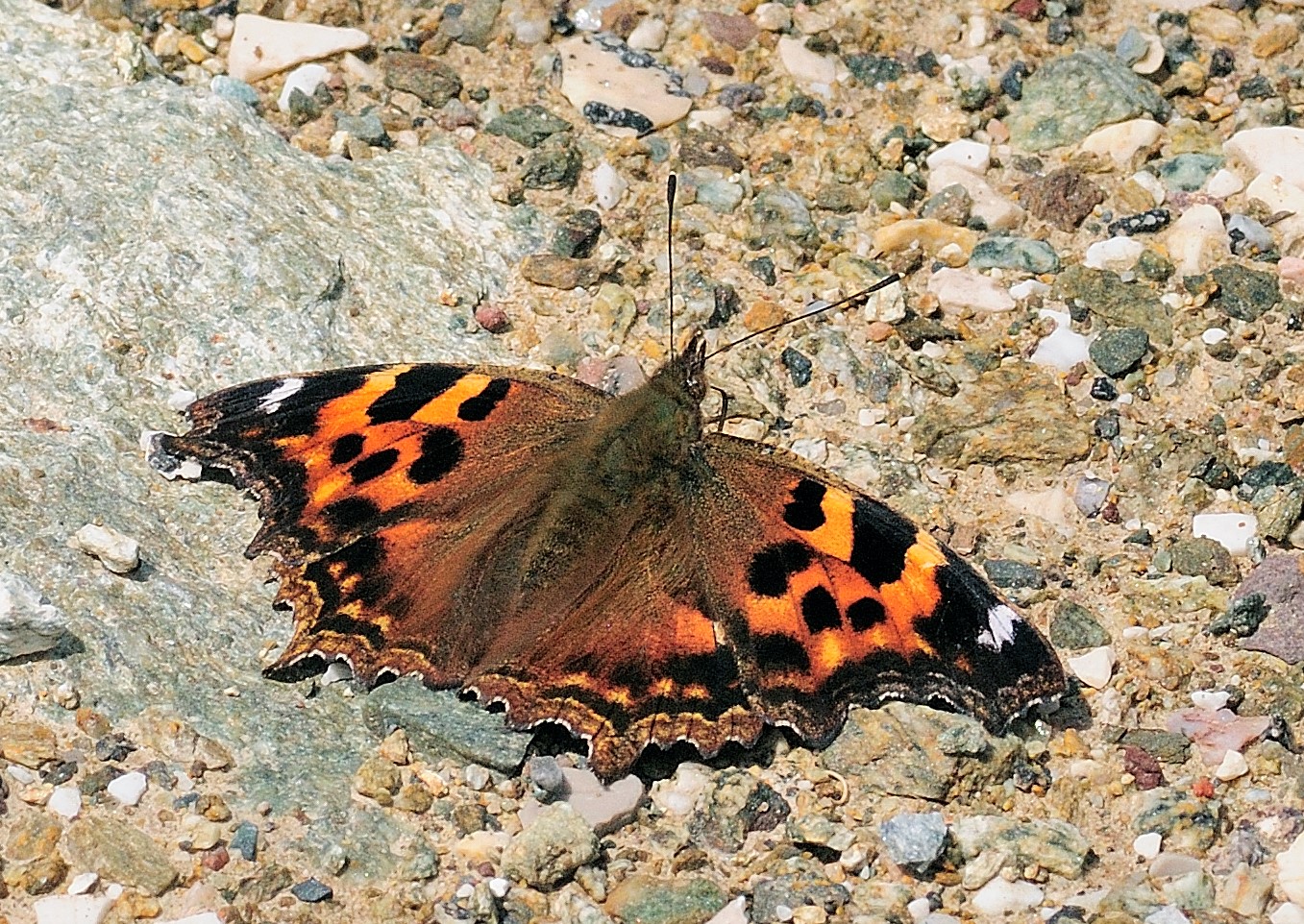
1a. Nymphalis vau-album, distribution map (09.i.2025).  Historical data ; Historical data ;  Additional data from the 2018 update ; Additional data from the 2018 update ;  New observations since the 2018 update. New observations since the 2018 update.
1b. Nymphalis vau-album upperside. SRB (© Tom Kristensen)
1c. Habitat of Nymphalis vau-album. SRB (© Tom Kristensen)
1d. Nymphalis vau-album underside. SRB (© Tom Kristensen)
1e. Nymphalis vau-album upperside. SRB (© Tom Kristensen)
Note
Having no direct evidence for Nymphalis vau-album from Albania but a few observations from the adjacent areas, it remains a potential target for research, especially in northeastern Albania. Two observations are known from northern MNE (Franeta 201), in 1973 and 2000, in the same locality on Mt. Durmitor. In 2009 N. vau-album was recorded for the first time from Mt. Shar Planina in NMK (Melovski & Bozhinovsk 2014). Follow up research in 2009 and 2010 revealed no further evidence of its presence. As this is a strong migrator it is unclear what the meaning of this single observation is. In springtime, overwintering specimens can be seen but the second half of June is probably the best moment to look for it in NE Albania focusing on hot, humid tracks in dense deciduous forests with nearby running water.
Description
♂♂
Large butterfly. Fw: 30-33 mm.
Ups: orange brown gc.
Upf:
bolder black markings, conspicuous white costal mark near apex.
Unh: conspicuous white costal mark near apex.
Unh: yellow-brown gc, darker marbling.
♀♀
Slightly larger.
Upf: apex slightly more rounded.
Uns: pale grey markings.
Similar species
Life cycle
Adults: from early spring to April after overwintering, single generation from June to July.
Egg: probably short.
Caterpillar: probably 1-2 months.
Pupa: probably short stage.
Habitat
Nymphalis vau-album inhabits open spaces in moist deciduous forests along old dirt tracks and running water from 400 up to 1600 m a.s.l.
Spatial requirement is considerable, population density moderate, nomadic, some years migrating.
Foodplants
Caterpillars feed mainly on Populus tremula, Salix alba, S. cinerea, Ulmus glabra, U. laevis and U. minor, also mentioned are Fagus sylvaticus, Hippophae rhamnoides and Malus domestica.
Butterflies feed on flowering willows (spring) and rotten animals and faeces (summer), mud-puddling.
Distribution
Albania: not recorded.
Balkan: AL - BG - BIH - GR - HR - NMK - MNE - RKS - RO - SLO - SRB
Europe: IB - IT - ALP - BAL - NWE - UK - SCA* - EEU (immigrants at western range)
Asia Minor*, Transcaucasia, Caucasus and further east.
Conservation status
Nymphalis vau-album is not endangered.
Albanian Red List: NA.
IUCN Red List, category at the Mediterranean level: NA.
Useful links
Lepiforum
Euroleps
euroButterflies
|
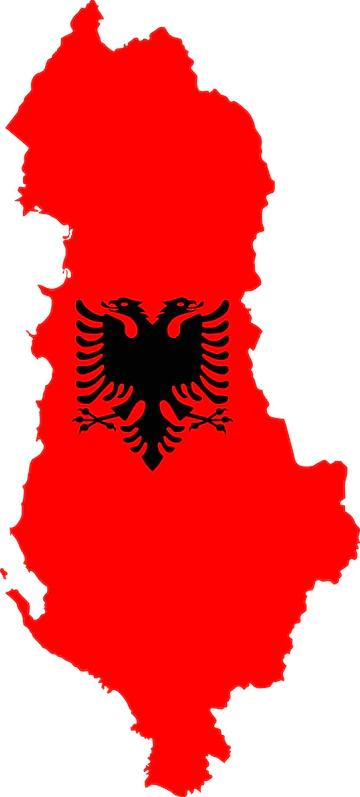 xx
xx 




 Historical data ;
Historical data ;  Additional data from the 2018 update ;
Additional data from the 2018 update ;  New observations since the 2018 update.
New observations since the 2018 update.